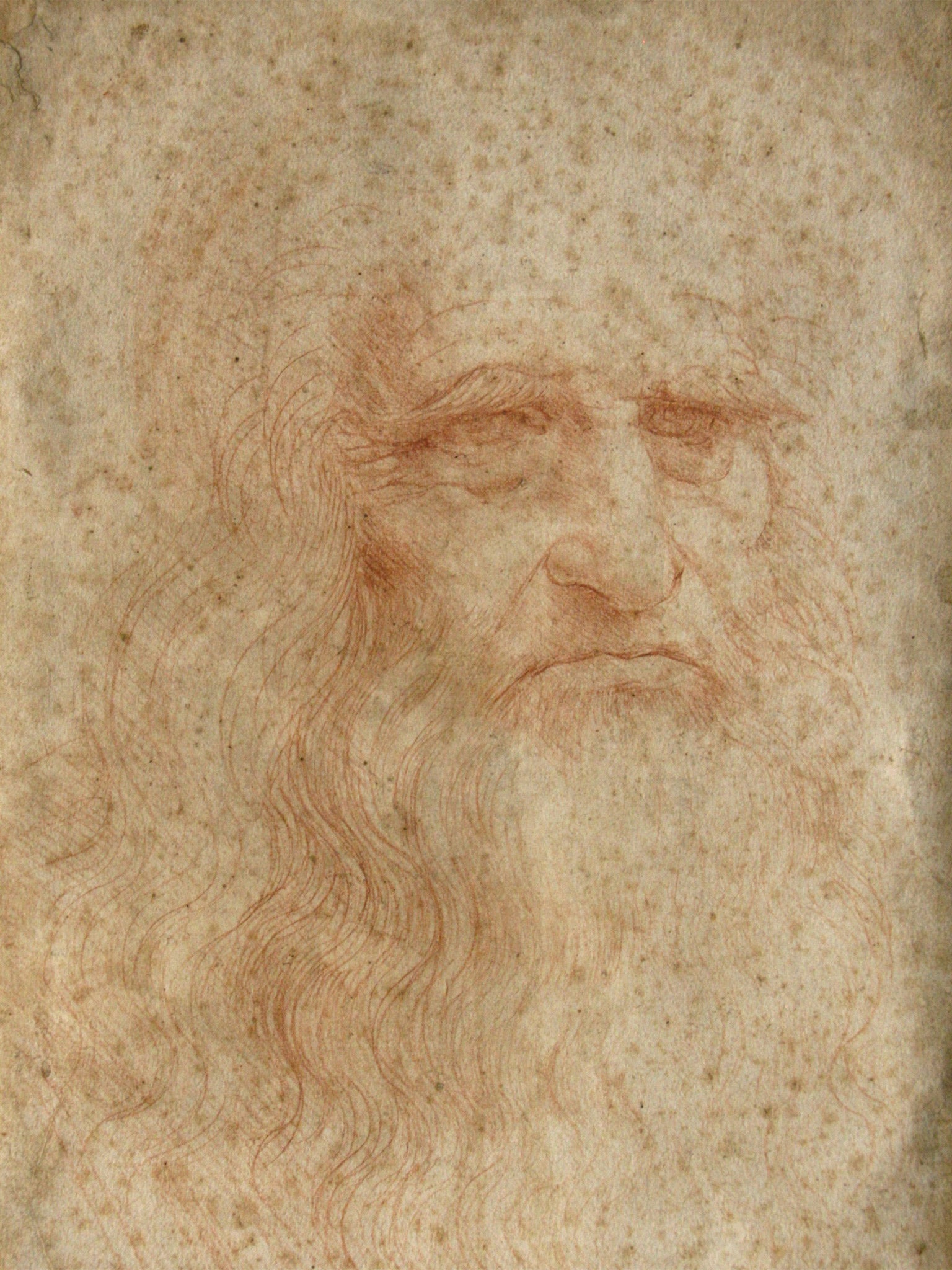Scientists try save only existing self-portrait of Leonardo Da Vinci

Your support helps us to tell the story
From reproductive rights to climate change to Big Tech, The Independent is on the ground when the story is developing. Whether it's investigating the financials of Elon Musk's pro-Trump PAC or producing our latest documentary, 'The A Word', which shines a light on the American women fighting for reproductive rights, we know how important it is to parse out the facts from the messaging.
At such a critical moment in US history, we need reporters on the ground. Your donation allows us to keep sending journalists to speak to both sides of the story.
The Independent is trusted by Americans across the entire political spectrum. And unlike many other quality news outlets, we choose not to lock Americans out of our reporting and analysis with paywalls. We believe quality journalism should be available to everyone, paid for by those who can afford it.
Your support makes all the difference.Scientists are close to deciding how to restore a fading chalk sketch believed to be the only existing self-portrait by Leonardo da Vinci, following a hi-tech study of the paper.
The portrait, thought to be more than 400 years old, remains locked in a vault in the Royal Library of Turin, Italy, where it is believed to be gradually vanishing as the red-chalk image blends against the ageing yellow paper. Now scientists from Italy and Poland are using sophisticated restoration techniques to measure how much light is reflected and absorbed by the image.
Joanna Lojewska, of Jagiellonian University in Krakow, Poland, said: “This phenomenon is known as ‘yellowing’, which causes severe damage and negatively affects the aesthetic enjoyment of ancient artworks on paper.”
Join our commenting forum
Join thought-provoking conversations, follow other Independent readers and see their replies
Comments